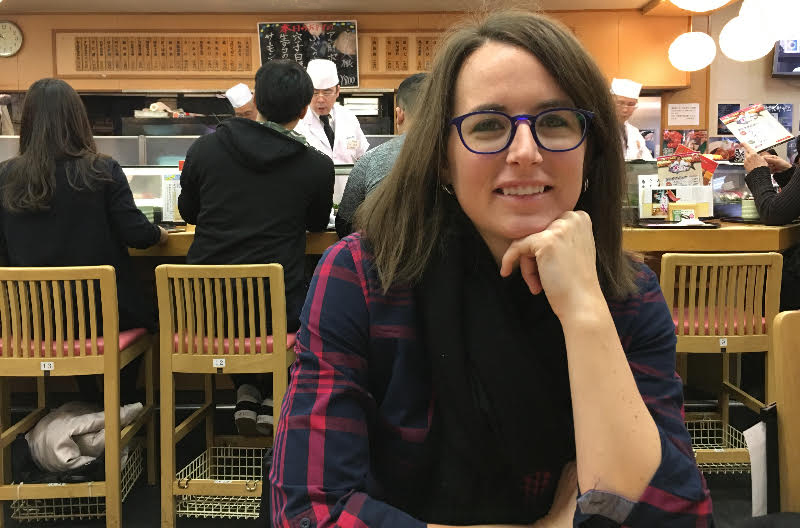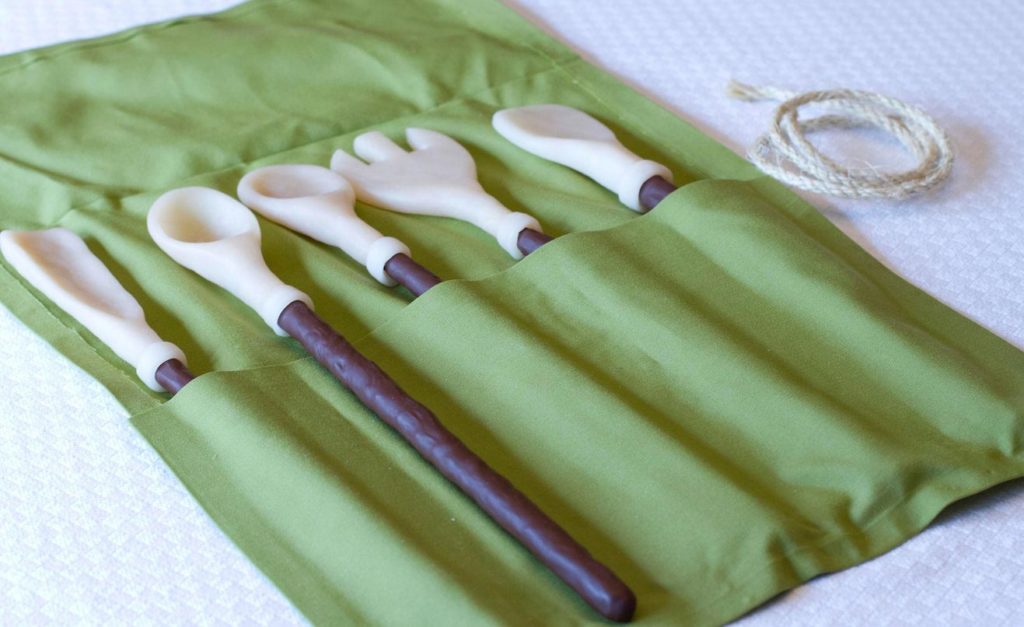I am a designer with a background in traditional design (print/web) and a passion for design thinking, strategy, and research. I use design to analyze systems and content, create conversation objects to gain deeper insights, and establish compelling stories for print and web.
Originally from western Pennsylvania, I received my BFA in Media Arts: Graphic Design at Robert Morris University. Shortly after, I moved to Los Angeles and started working as the designer for the communications department of International Medical Corps. I was there through the 2010 Haiti Earthquake, which was both a tragic event and an incredible life experience. In 2013, I received my MFA from ArtCenter College of Design where I was in the inaugural cohort of the Media Design Practices + Field Graduate Program. Part of this program was a nine-week experience working at the UNICEF Innovation Lab in Kampala, Uganda.
Since graduation, I have worked on a variety of projects — most notably the Los Angeles Fire Department website, Revolution Studios website, and ACA: Find A Camp Searchable Database. Currently, I am working with Designmatters on projects for the City of Long Beach Innovation Team and the City of Santa Monica Wellbeing Team, as well as various Los Angeles-based startups and organizations.
4 LESSONS FROM 3 YEARS IN GRAD SCHOOL AND 3+ YEARS OUT
1. DON’T BE AFRAID TO MAKE A FOOL OF YOURSELF
This should actually say, “Make a fool of yourself.” The first step into field work is daunting. It helps if you don’t take yourself too seriously.
My initial trip to Uganda was for conducting research and sharpening my research skills. I learned how to ask the right questions, how to be inquisitive and open-ended, how to follow a lead, and to listen to what wasn’t being said. This part came naturally to me. I enjoyed it.
The second trip was different. Before going, I designed conversation tools around the topic of domestic violence (An (Extra)Ordinary Wooden Spoon). The intent of this trip was to use and refine these spoons as quickly as possible. I only had three weeks. My first day in Kampala, I walked around for hours before I had the guts to use the spoons. Had it not been for the assignment — interact with three people — I would have lost a full day in the field. Each time I used the spoons to instigate and direct conversations with women, it made the next one was easier. Of course, not every encounter was perfect. On one occasion, I took the spoons to the outdoor market and soon realized the women thought I was performing some sort of magic trick or sales pitch. I was definitely not engaging in anything meaningful, but it was a great learning experience about where and how to frame the conversation for a better outcome.
In field work and in client work, you have to be willing to put yourself out there and be able to shake off a bad critique or meeting. For instance, when I was helping develop the Los Angeles Fire Department website, we presented our first draft of the content architecture and accidentally left out an entire department. It was embarrassing, but we scrambled and recovered the next day. Our ability to fix the mistake quickly gained us back any respect we lost.
2. LEARN TO PIVOT ( AND ENJOY THE CHAOS)
Before joining MDP, I was the design associate at International Medical Corps. My role was clear. I had straightforward tasks and predetermined deadlines. On the other hand, MDP was intentionally ambiguous and unconventional. I remember my head spinning when the first assignment was given before the term even started. I read the design brief at least ten times, and I was still confused. It didn’t get any easier after that, especially considering I was in the first Field cohort. In the studio, things were messy. Once we were in the field, things were downright chaotic. I quickly had to learn to be comfortable with the chaos and ever-changing directions. I had to be efficient and calm. It was like playing dodgeball; I had to pivot to stay in the game.
Whether it was a bad critique in the classroom or an unexpected discovery in the field, I had to be flexible to keep my projects afloat and relevant. I went into the field with a simple question: Why does Uganda have a long and rich growing season, yet 33% of children under the age of five are malnourished? This led to investigating land rights/uses, geo-politics, and eventually domestic violence. Domestic violence in Uganda led to exploring challenges women face in the workplace (Engaging the Unspoken).
I could have stayed tethered to agriculture/nutrition, but my project would have been one-dimensional when the problem was complicated and multifaceted. Even so, moving away from my initial focus was difficult. At the beginning, I resisted change. Eventually, I got better at embracing the uncertain and seeing the potential in each new discovery.
3. BE CONFIDENT (YET HONEST)
As a designer, there’s a reason you’re at the table. Designers have a unique way of looking at problems. We know how to ask the right questions, synthesize information, and create new potentials. Be confident in your skills and training.
Early on in undergraduate school, a professor required the class to buy Classroom in a Book on Dreamweaver and to learn the program over the weekend. I was never more sure I was going to fail. I bought the book anyway. I highlighted it, used the tutorials, and lost sleep, but I showed up to the next class with a basic grasp of Dreamweaver. After everyone presented their projects, the professor explained. “Now, whenever anyone asks if you know how to do something that you don’t, tell them to give you the weekend to figure it out.” Although those few days were intense, the assignment proved her point. It takes a lot of effort, but given a short amount of time you can feel confident in a new skill.
Recently, I took on two clients asking for work I hadn’t done before. One wanted an e-book. The other needed me to build a website from scratch. In both instances, I was positive I could figure it out, but I was also honest that I would need time to do so. It took a few long days of watching tutorials and chatting in forums, but I completed both projects.
4. DESIGN IS A BUSINESS (ACT ACCORDINGLY)
I saved this one for last because it’s the most important to me. It was also the hardest lesson. Whether it’s a pro bono project or consistent client work, if you are practicing design, it’s a business.
After graduating with my BFA, I moved to Arizona where I met a marketing professional with a long list of clients. He asked me to join him because occasionally his clients needed design work, and he had to send them to someone else. With me working for him, he could now do everything in-house. I thought this was going to be my big break. Almost immediately after our first meeting, he asked me to design a billboard for his radio show. Since it was his own project, he told me that we didn’t need a contract. After multiple revisions, he told me to forget it because we weren’t getting anywhere. Since he wasn’t going to use anything I designed, he wasn’t going to pay me. I was frustrated but gave him the benefit of the doubt because I knew he had real client work. In retrospect it’s clear that I was being used, but it took a few similar projects before I gathered the courage to walk away. I was nervous about losing work, money, and burning a bridge. Being fresh out of undergrad, it was a major blow to my self-esteem and a tough lesson in business. Thankfully, I was able to find more work shortly after leaving him. I eventually moved to Los Angeles and found a permanent design position.
Don’t get caught in a similar situation. I’ve heard many of the same stories from friends and colleagues. Sometimes it’s hard to get all the business finalized before the work starts, but try to get as much in order as you can. Hire a lawyer to write a creative services agreement and don’t work without one. Learn how to read contracts. Finish the projects you already started, but don’t be afraid to walk away if things get crazy. You will be able to find better work.
To learn more about Judy and her work please visit judytoretti.com

